ExploraTour: A Peek into the Lives of the Stars
You might also be interested in:
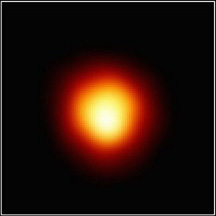
This is an image of the supergiant star, Betelgeuse, taken by the Hubble Space Telescope. Betelgeuse is in the constellation of Orion, a familiar site from the Northern Hemisphere. But look closely at
...more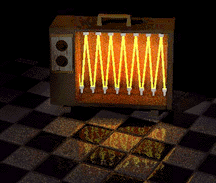
You can sense a star's temperature -- not with your fingers, but with your eyes! The color of the star tells you how hot it is. Have you ever looked inside the toaster as the wires heat up to make your
...more
The wire is a black body. Anything that absorbs all the radiant energy (heat and light), that strikes it, is a black body. Your black baseball cap on a hot summer day is a good example. All of the sunlight
...more
It definitely is not black. Almost all of the photons of light that the sun produces in its core are absorbed by the sun's thin outer layer, the photosphere. Because it absorbs all the radiation that
...more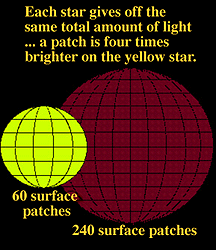
When we apply this to stars, we find out a lot of interesting things about them. By observing the color of a star, we can figure out its temperature. If we know how far away the star is, we can calculate
...more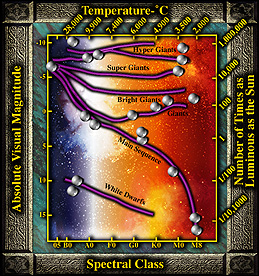
Two scientists, Hertzsprung and Russell, used these very interesting properties of stars. They arranged stars on a chart according to their color and brightness. This chart is called the Hertzsprung-Russell
...more
A great number of stars were arranged on this chart according to how bright and how hot they are. On this plot you do not see all of the individual stars. Large numbers of stars were actually scattered
...more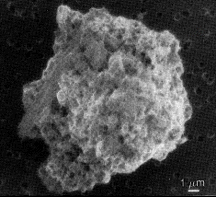
New stars are formed in vast clouds of gas and dust that occupy the space between stars. If you're picturing a dense fog cloud, think again. Typically in a cloud with 1 gas atom per cubic centimeter,
...more










